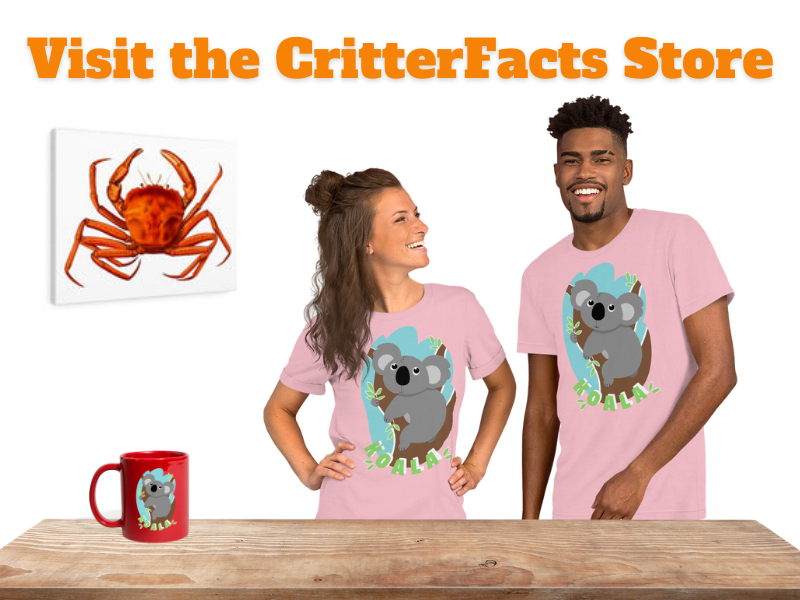

Scientific Classification
KINGDOM: Animalia
PHYLUM: Chordata
CLASS: Aves
ORDER: Charadriiformes
FAMILY: Recurvirostridae
GENUS: Recurvirostra
SPECIES: R. avosetta
Conservation Status


Pied avocets can grow up to18 inches tall and weigh 5-14 ounces with a wingspan of around 31 inches.
They get their name from their coloration as “pied” means white spots mixed with colored spots. Both male and female pied avocets have blue legs and are mainly white with black patches on their head, wings, and back.
Their characteristic upturned bill can grow a little over three inches long and is used to stir up small critters that live in the mud.

The pied avocet is one of four avocets in the genus Recurvirostra and can be found throughout temperate Europe and Central Asia. They also migrate yearly through Africa or southern Asia during the winter.

Pied avocets like to forage in shallow brackish water or mud flats. They use their odd-shaped beaks to sweep the water from side to side to stir up little crustaceans or insects that live in the mud. Their long legs and webbed feet also make it easier for them to forage in the shallow waters.

Pied avocets will meet in small groups to breed in shallow lakes with brackish water. After mating, the females will lay 3-5 eggs on a mound of vegetation with both parents sharing incubation duties. After hatching, both parents will also share nursing duties even though the chicks are able to waddle, swim, and dive within 24 hours! Chicks will leave the nest after 4-6 weeks.

The genus name Recurvirostra translates to “curved backwards” and “bill.”
Pied avocets mainly go on the offensive when predators are threatening their nest. They pose as easy prey by acting injured, croaking and limping around, to draw predators away from the nest before flying away. Another tactic pied avocets use is nose diving predators at fast speeds; this can include large birds like hawks or ravens!













































